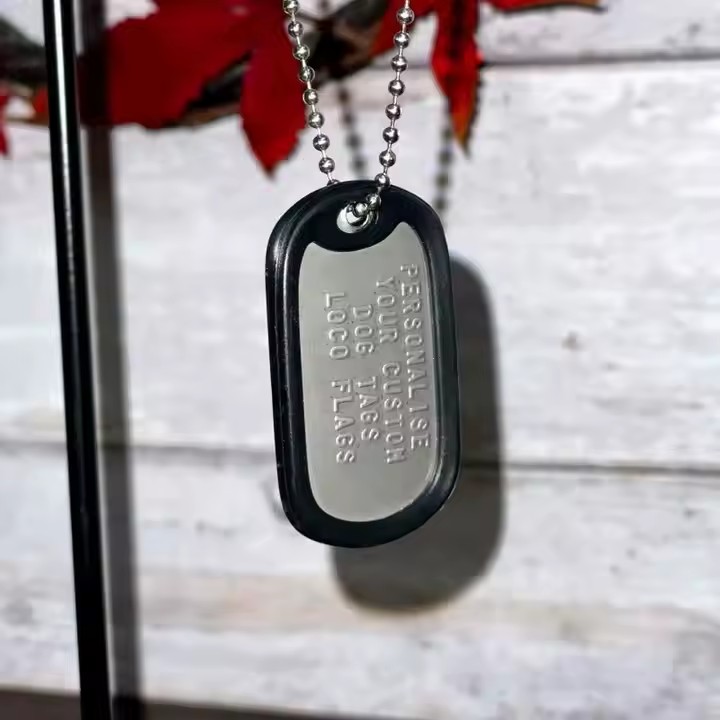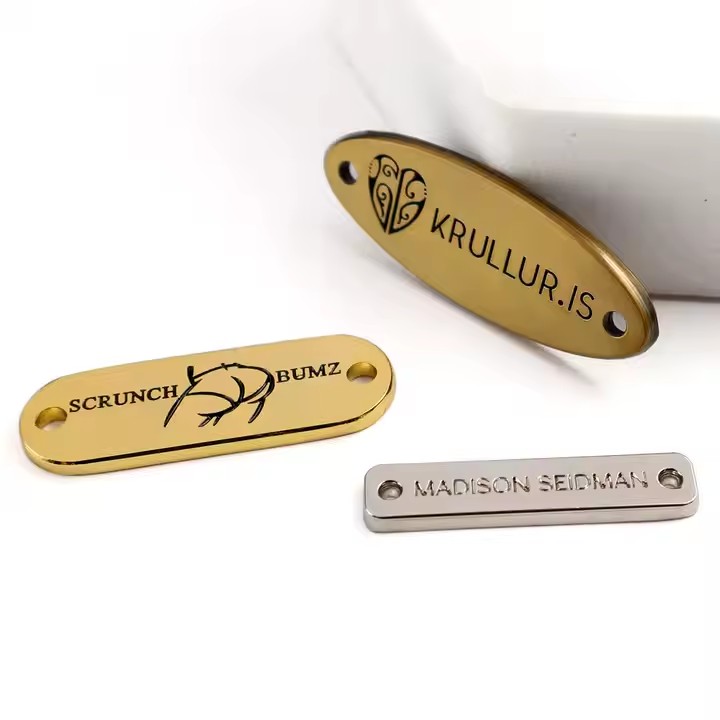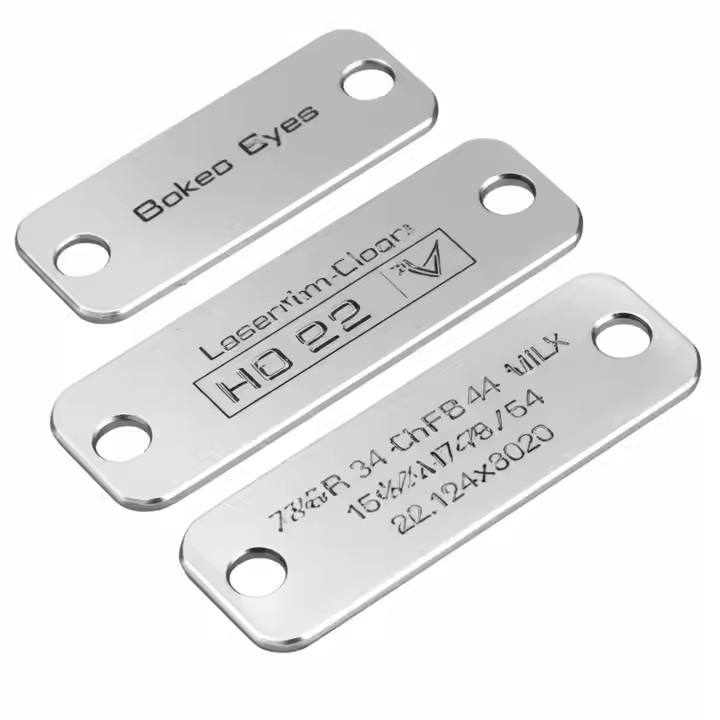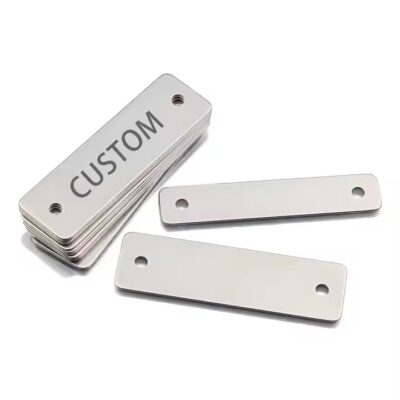
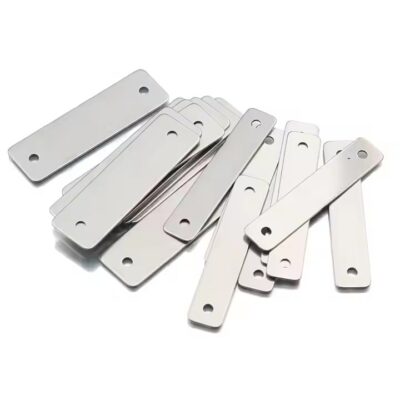
How to Choose Sizes and Shapes for Blank Metal Tags
Choosing the right size and shape for blank metal tags is essential to ensure they serve their intended purpose effectively, whether for industrial labeling, asset tracking, or personalized crafts. The size and shape affect not only the tag’s visibility and legibility but also how it can be attached and customized. This guide will help you understand the factors to consider and common options available when selecting sizes and shapes for blank metal tags.
Factors to Consider When Choosing Tag Sizes
1. Information to Display
The amount of information you need to include on the tag — such as serial numbers, barcodes, logos, or text — directly impacts the required size. Tags with more detailed data require larger surfaces for clear engraving or printing.
2. Attachment Method
Consider how the tag will be attached. If the tag needs holes for chains, rivets, or wires, the size must accommodate these features without compromising strength.
3. Environment and Durability
Larger tags may be more visible in industrial environments, but smaller tags are often better for compact equipment or limited space. Also, the shape can influence the tag’s ability to withstand physical stress.
4. Aesthetic and Branding Needs
Custom shapes and sizes can reinforce brand identity or fit specific design requirements. Sometimes a unique shape can make a tag stand out and be more recognizable.
Common Sizes of Blank Metal Tags
-
Small Tags (1″ x 0.5″ to 2″ x 1″)
Ideal for compact labeling, keychains, and small asset tags. -
Medium Tags (2″ x 1″ to 3″ x 2″)
Most versatile size range, suitable for equipment labels and general use. -
Large Tags (3″ x 2″ and above)
Used when large text, logos, or detailed information must be clearly visible.
Popular Shapes for Blank Metal Tags
1. Rectangle
The most common shape offering maximum usable space for text and images.
2. Square
Compact and symmetrical, suitable for minimalist designs or specific equipment.
3. Circle or Oval
Smooth edges reduce snagging risk and offer a unique aesthetic.
4. Custom Shapes
Tailored shapes that match branding or specific application requirements.
5. Tags with Rounded Corners
Reduce sharp edges, improving safety and durability.
Tips for Choosing the Perfect Size and Shape
-
Match Size to Usage: Larger tags for outdoor or industrial use; smaller tags for personal items or tight spaces.
-
Plan for Attachment: Ensure holes or slots are properly placed and sized for the method of attachment.
-
Consider Material Thickness: Thicker tags offer durability but may limit bending or fitting in tight areas.
-
Test Prototypes: Request samples or mock-ups before placing large orders to confirm size and shape fit your needs.
Conclusion
Selecting the appropriate size and shape for blank metal tags is a crucial step in ensuring they function effectively and meet your specific needs. By considering the type of information, attachment methods, environment, and aesthetic requirements, you can choose tags that enhance your labeling, tracking, and branding efforts. For customized needs, working with a professional manufacturer can help you find the perfect solution.

